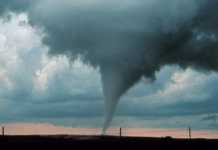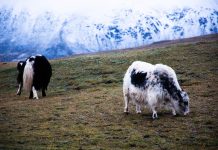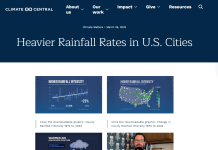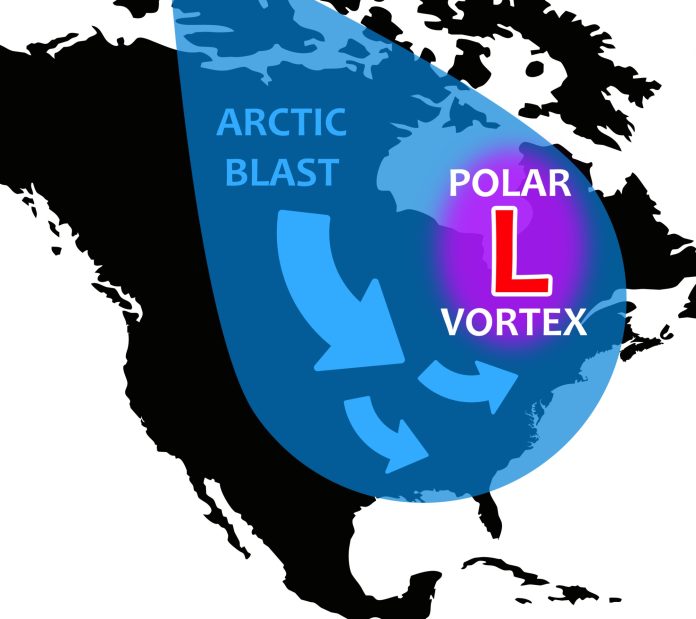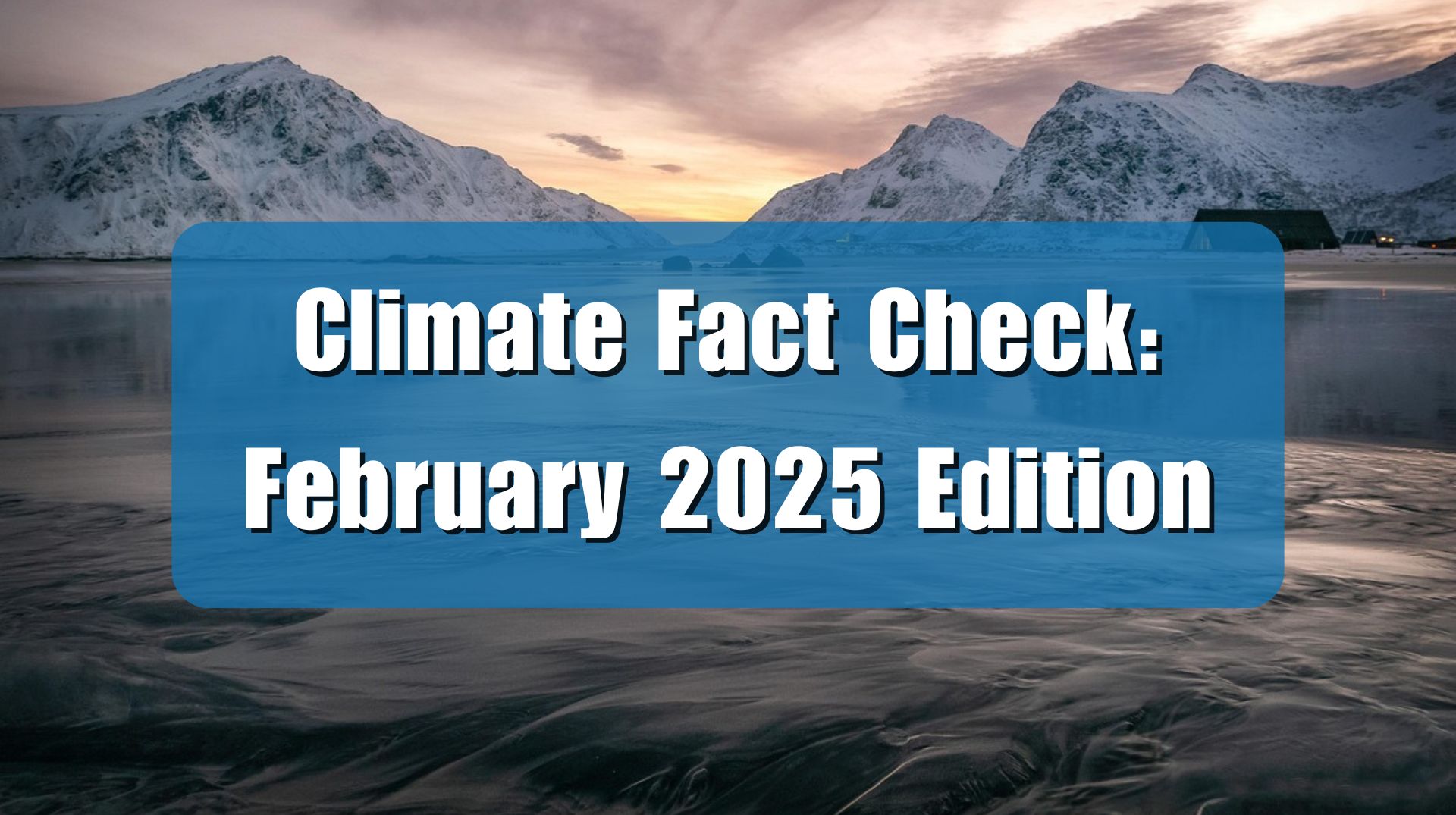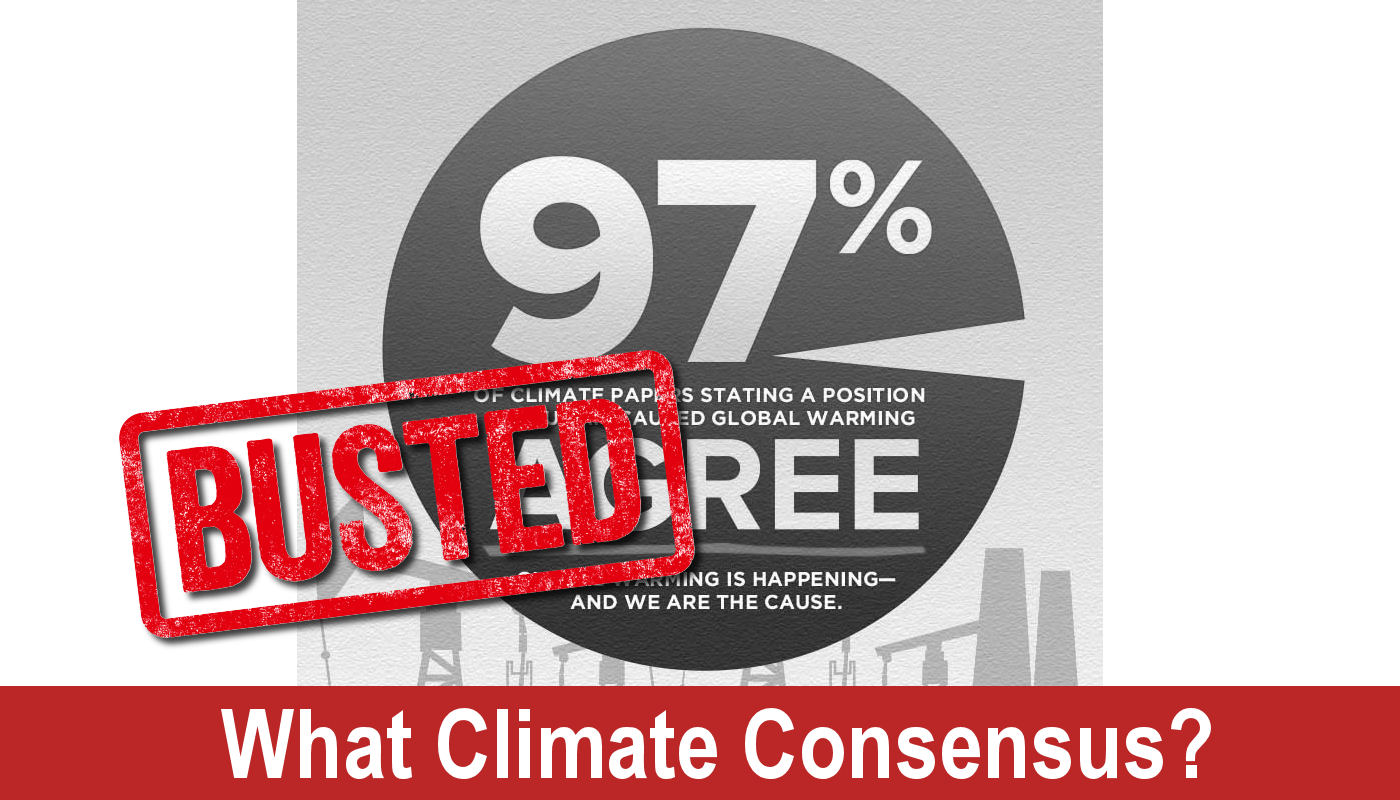Lately, a series of mainstream news outlets, including USA Today, AP News, BBC Future, and Fast Company, have churned out articles claiming that January 2025’s record cold and heavy snowfall across the United States are to greater or lesser degrees due to climate change, or at least that such a connection can’t be ruled out. This is false. Their arguments hinge on the increasingly popular yet scientifically dubious idea that climate change is disrupting the polar vortex, causing frigid Arctic air to dip southward into mid-latitude regions like the United States. While this explanation is neatly packaged to fit the narrative that “everything bad is caused by climate change,” the science backing these claims is weak, unsubstantiated, and is riddled with contradictions.
The notion that extreme cold spells are a product of global warming flies in the face of both historical records and atmospheric science fundamentals. These stories rely on cherry-picked data and untested theories while ignoring decades of meteorological knowledge about natural climate variability. As outlined below, there is no solid evidence to support these claims. Instead, the mainstream media’s claims rely on flashy headlines and alarmist language, leaving out inconvenient facts that undermine their sensationalist conclusions.
Let’s start by summarizing the claims made in these articles:
- USA Today describes the recent Arctic blast as being caused by a disrupted polar vortex, which it links to melting Arctic ice supposedly induced by human-caused climate change.
- AP News echoes similar ideas, suggesting that rapid Arctic warming leads to instability in the jet stream, allowing cold air to “spill southward.”
- BBC Future goes further, calling this phenomenon “climate instability,” implying that climate change makes extreme cold more likely by destabilizing established weather patterns.
- Fast Company takes the same approach, arguing that “climate change is making the polar vortex worse,” a claim that is not only speculative but also directly contradicted by other climate studies.
A close examination of these claims, of the link between variations in the polar vortex and climate change, reveals glaring problems with the logic and science behind these claims.
The polar vortex is a long-established, well-documented feature of the upper atmosphere—known decades before politicized climate scientists and media mavens began talking about climate change. The polar vortex was first described in 1853, but the term became popular with the media in 2014 after a cold snap in North America. The polar vortex is a large-scale low-pressure system that forms in the stratosphere over the polar regions during the winter. Its strength and position are influenced by a variety of factors, including natural atmospheric variability like the North Atlantic Oscillation (NAO) and the El Niño-Southern Oscillation (ENSO).
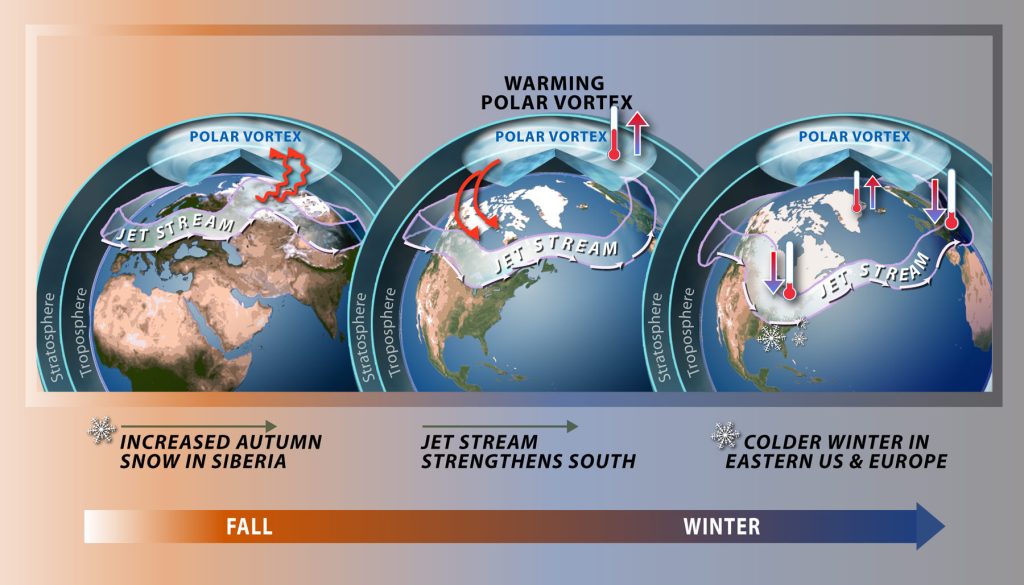
When the polar vortex weakens, it can allow colder Arctic air to drift into mid-latitude regions, resulting in frigid weather and snowstorms. This weakening isn’t some newly minted phenomenon tied to climate change; it’s part of natural variability. Similar cold outbreaks were documented in the 1970s, long before CO2 levels became a focal point of global policy discussions. In fact, those cold outbreaks then led many climate scientists to start warning of a coming ice age. Obviously, that never happened.
There is, in fact, no consensus within the scientific community about a link between Arctic warming and polar vortex behavior. As Climate at a Glance discusses, empirical data shows no consistent trend in the frequency or intensity of polar vortex disruptions over the past several decades. This contradicts the claim that polar vortex weakening has become more common due to human-induced warming.
If we set aside the speculation for a moment and look at actual data, the picture becomes much clearer:
- Arctic Ice Trends: While Arctic ice has experienced periods of decline, recent measurements indicate that the Arctic is not in a “death spiral.” In fact, since 2012, Arctic sea ice extent has been relatively stable during winter months. The claim that melting Arctic ice is destabilizing the polar vortex simply doesn’t hold up to scrutiny when examined against actual sea ice trends, as pointed out at Watts Up With That, which cites government data.
- Cold Extremes in Context: Historical weather data reveals that extreme cold events in the United States are neither new nor increasing. Cold outbreaks similar to the current one have been documented regularly over the past two centuries, at least, including the brutally cold winters of the late 19th and mid-20th centuries. Documentary evidence from the 18th and 17th centuries show extreme cold spells were common even then. The recent cold spell is notable, but it is not unprecedented.
- Jet Stream Variability: Claims that the jet stream is becoming “wavier” or more unstable due to climate change are also unsupported by solid evidence. A 2021 study in the journal Geophysical Research Letters found no statistically significant increase in jet stream waviness or meandering in recent decades. As Climate at a Glance: The Polar Vortex shows jet stream’s behavior, like the polar vortex itself, is driven and sustained by natural atmospheric patterns.
These media articles also conveniently ignore the inconvenient fact that climate models—touted as the gold standard of climate science—struggle to accurately simulate the behavior of the polar vortex. If the models can’t reliably predict polar vortex behavior in a warming world, how can we credibly link this year’s cold snap to climate change? The reality is that most of these claims are based on post-hoc rationalizations rather than sound science.
Take, for example, the so-called “warm Arctic, cold continents” hypothesis often used to explain these events. This theory posits that warming in the Arctic destabilizes the polar vortex, leading to more cold air spilling southward. However, studies such as those by the American Meteorological Society, titled “Evidence Against a Physical Link Between Arctic Amplification and Mid-Latitude Weather“, have found that the connection between Arctic warming and mid-latitude cold outbreaks is tenuous at best. Simply put, the hypothesis lacks predictive power and is contradicted by many observational studies.
Additionally, another relevant study is the 2019 paper in Nature Climate Change, titled “Projected weakening of the stratospheric polar vortex in response to rising greenhouse gases“ by Amy Butler and Lorenzo Polvani, which shows that while some climate models suggest changes in polar vortex strength under warming conditions, the actual observed link between Arctic warming and mid-latitude weather is inconsistent.
In short, based on existing research and data, there is no clear cause and effect connection indicating climate change is causing a shift in the polar vortex, its frequency, its strength, its regularity, or pattern of impact.
It’s worth noting the sheer irony of claiming that record cold is caused by global warming. Multiple times in recent decades the mainstream media has warned of the “end of snow,” declaring that snow would become a thing of the past due to rising global temperatures. A notable example is a 2000 article in The Independent claiming that “children just aren’t going to know what snow is.” Also, articles published in the New York Times in 2014 and 2024 also warned of the snow’s end due to global warming. Yet here we are in 2025, witnessing some of the coldest and snowiest winters in recent memory, and the narrative has conveniently shifted to now blaming extreme cold and snow on global warming. This blaming of contradictory weather phenomena—no snow/record snow, weakening monsoons/strengthening monsoons, the Atlantic current speeding up/the Atlantic current slowing down, increasing drought/increasing rainfall—should raise red flags about the credibility of these claims.
Conclusion: The media is pushing a narrative at the expense of science
What we’re seeing here isn’t science; it is narrative-building. Recent years’ record cold and snowfall in the United States are not proof of climate change but rather evidence of natural variability at work—variability that has been part of Earth’s climate system for millennia. If anything, the rush to blame every cold snap on “global warming” aka climate change underscores the increasing desperation of a narrative that has lost its grounding in reality and credibility.
It’s time for journalists to stop treating speculation as fact and for readers to demand accountability in climate reporting. Climate change happens, but there is no evidence of a crisis. Also, interpretations of short-term weather events to promote ideas of catastrophic climate change, because they ignore data and long-standing meteorological knowledge, don’t inform but rather mislead, in the process eroding trust in science and journalism while unnecessarily alarming the public.



